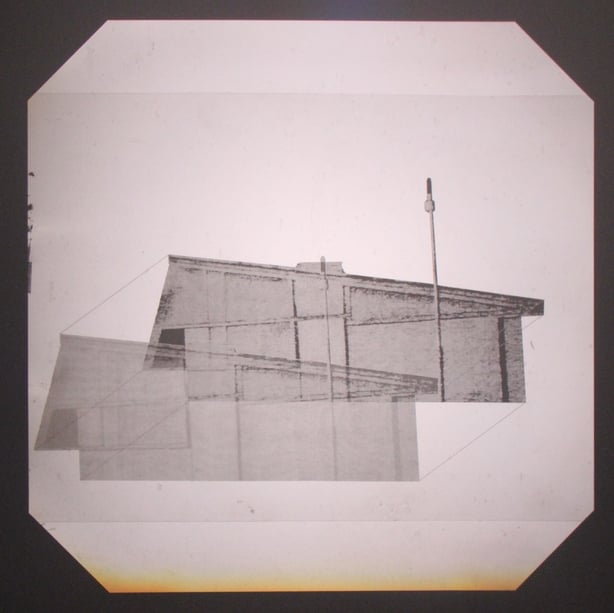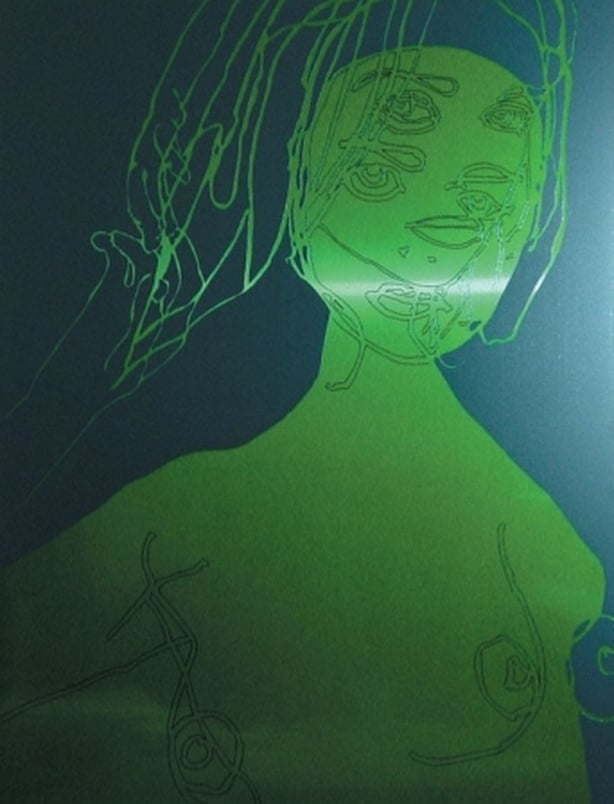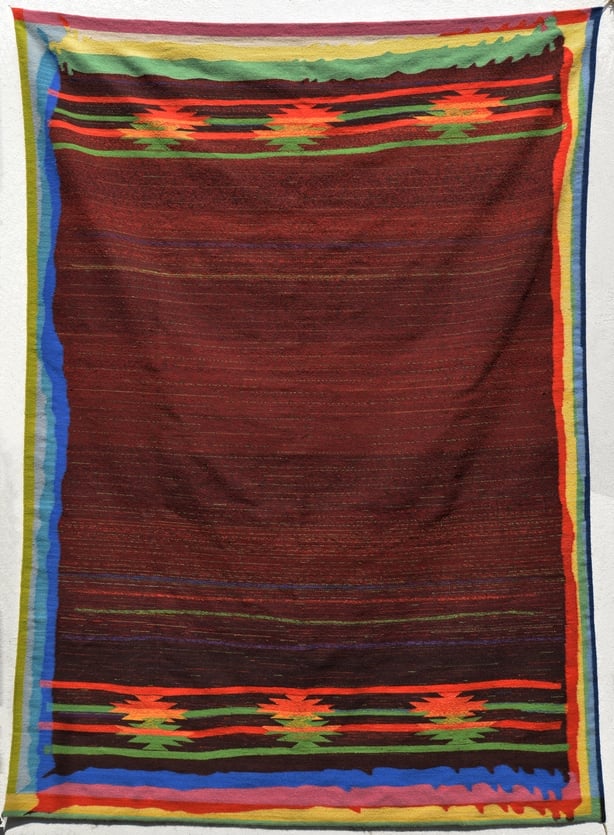Artist Jaki Irvine writes for RTÉ Culture about Surface Tensions, a new exhibition at Dublin's Library Project that showcases the art of printmaking.
Earlier this year I was invited by Black Church Print Studio to curate an exhibition on behalf of the Studio in The Library Project, Temple Bar. This space, I learnt, reverts to a gallery once a year, in acknowledgement of the activities of the studios above, which are dedicated to fine art printmaking.
Surface Tensions is a response to this invitation.

I have to admit that fine art prints can at first glance seem quite self contained and quiet, betraying little of the trials and struggles with stone; acid; corrosion; machinery- all of the discarded 'mistakes' and painstaking time that goes into their making.
I’m interested in the aspect of print that has a roughness or a rawness, crossing over into other mediums. I'm drawn to an insistence on repetition, layering, focusing and refocusing to the point where this activity undoes itself and in the undoing, gives rise to something that speaks about the difficulty of imaging.
For example, Catriona Leahy’s Superimposition (2013) uses an anachronistic overhead projector to project an architectural projection. It seems so slight, until I'm caught by what is actually a kind of sleight of hand, a doubling of sorts as I see that the implied future (for what else is an architectural projection?), is already out of date here - a future somehow already cancelled or at least held in a state of suspension.

Meanwhile Mehraneh Atashi’s short video In-Out (2013) enacts a layered series of complications of desire and its inherent pains and refusals of both history and self. Everything vibrates with a beautiful and cruel intimacy that needs to be distanced through whatever means possible, refracted, distorted.

This layering that leads me back to some of Gary Hume’s prints, which almost obliterates the one image through its insistent repetition. Here Psyche is an example of this.
Then I was wondering about the deliberate blindspots and silences that are part of Niamh O’Malley’s constructions and other moving image works. Here, on these overlapping bits of broken glass, the smears on glass are reminiscent of the inking-up processes of printmaking. They also point to a latent violence and tension beneath lingering just below the surface of these forms.

Santiago Borja's rug RGB 1 (2009-17) hangs from a wall. Replete with refusals, it comes off the floor, takes the place of an image, of a canvas, while refusing the rigidity of stretching. It is also wilfully out of register, not by accident, but by design. Likewise, its traditional Mexican patterns hearkening to other ways of seeing and measuring, marching to a distant drum.
Finally, over a conversation about drones and drums, artist Nickel van Duijvenboden mentioned Julia Wolfe’s Dark Full Ride. Written for four sets of drums, the layering, patterning and rhythmic loudness of the work was irresistible in this context.
Surface Tensions is at The Library Project, Temple Bar, Dublin 2 until Saturday 23rd September - details here.

